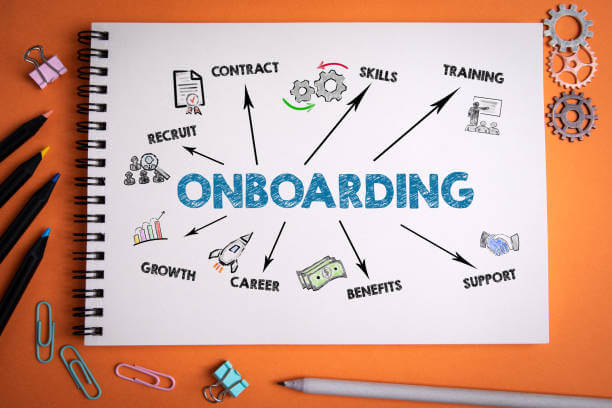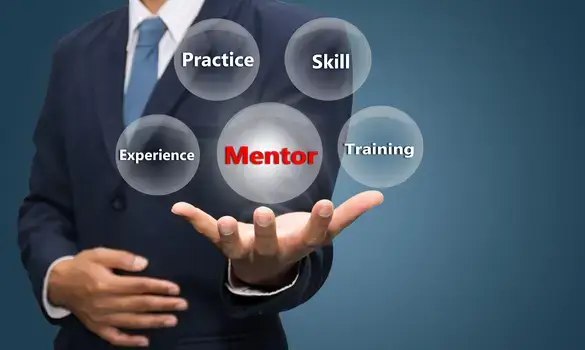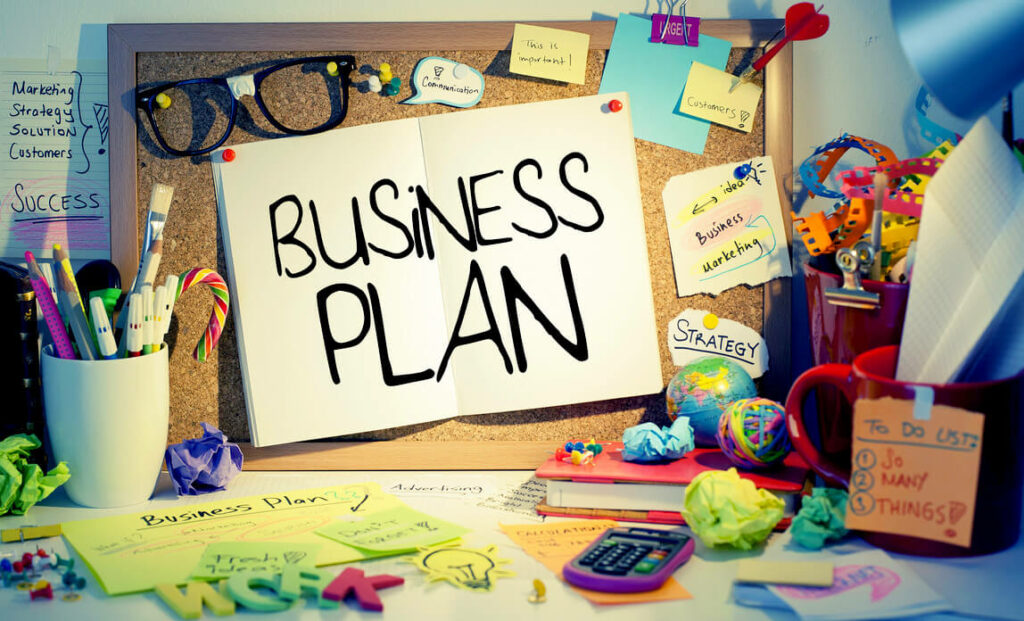How to Create an Effective Onboarding Training Program for New Hires


Welcoming new employees to your organization goes beyond just handing them a company handbook and setting them loose. An effective onboarding training program can make all the difference in how quickly new hires adapt, grow, and contribute to the success of your company. In fact, research shows that well-structured onboarding programs can improve employee retention by 82% and increase productivity by over 70%. In this comprehensive guide, we’ll explore the essential steps to create an impactful onboarding training program that helps new hires hit the ground running and feel valued from day one.
Define Clear Objectives and Goals for Your Onboarding Training Program
Before diving into the development of your onboarding training program, it’s crucial to establish clear objectives and goals. Determine what you want your new hires to learn, understand, and achieve within their first weeks and months on the job. These goals should be aligned with the company’s mission, values, and overall business objectives.
Get to Know Your New Hires
A personalized approach to onboarding can greatly enhance the new hire experience. Gather information about your new employees, such as their work history, skills, and preferred learning styles. This will help you tailor the training program to their specific needs and ensure that they feel seen and supported.
Establish a Comprehensive Curriculum
An effective onboarding training program should cover a wide range of topics. These may include company culture, policies and procedures, job-specific skills, and soft skills such as communication and teamwork. The curriculum should be flexible enough to accommodate different learning styles and preferences, offering a mix of online resources, in-person workshops, and mentorship opportunities.
Incorporate Interactive and Engaging Learning Methods
To keep new hires engaged and motivated, incorporate interactive learning methods into your onboarding training program. This could involve group activities, role-plays, and real-world simulations that encourage active participation and collaboration. Additionally, consider incorporating gamification elements, such as point systems or leaderboards, to make the learning process more enjoyable and competitive.
Assign Mentors or Buddies
Assigning each new hire a mentor or buddy can greatly enhance their onboarding experience. These individuals can provide guidance, support, and a friendly face in the often overwhelming first few weeks of a new job. By building these relationships early on, new employees are more likely to feel connected to their colleagues and the company as a whole.
Foster a Culture of Continuous Learning
Onboarding doesn’t end after the first week or month; it’s an ongoing process that should be integrated into your company’s culture. Encourage new hires to continuously seek opportunities for growth and development, and offer ongoing training and development resources that support their career progression.
Gather Feedback and Continuously Improve
Lastly, it’s essential to gather feedback from new hires and use this information to continuously refine your onboarding training program. Regularly assess the effectiveness of the program, identify areas for improvement, and make the necessary adjustments to ensure that it remains relevant and impactful.
Conclusion: The Lasting Impact of an Effective Onboarding Training Program
Creating an effective onboarding training program is no small feat, but the investment of time and resources will pay off in the long run. By following these steps and prioritizing a personalized, engaging, and comprehensive approach, you’ll set your new hires up for success from the moment they walk through your doors. In turn, this will lead to improved retention, productivity, and overall job satisfaction — a benefit that will resonate throughout your organization for years to come.
As a final note, remember that an effective onboarding training program is not a one-size-fits-all solution. Continuously adapt and refine your program to accommodate the evolving needs of your workforce and the ever-changing business landscape. By doing so, you’ll create a supportive and empowering environment where employees feel equipped and motivated to reach their full potential.
By implementing the strategies outlined in this guide, you’ll not only create a smooth transition for new hires but also foster a culture of continuous learning and growth within your organization. This will lead to increased employee satisfaction, higher retention rates, and improved overall performance — all of which contribute to the long-term success of your company.
Now is the time to take action and transform your onboarding training program into a powerful tool for new hire success. Follow these steps, embrace a culture of continuous improvement, and watch as your organization reaps the benefits of a well-prepared and engaged workforce.





Responses